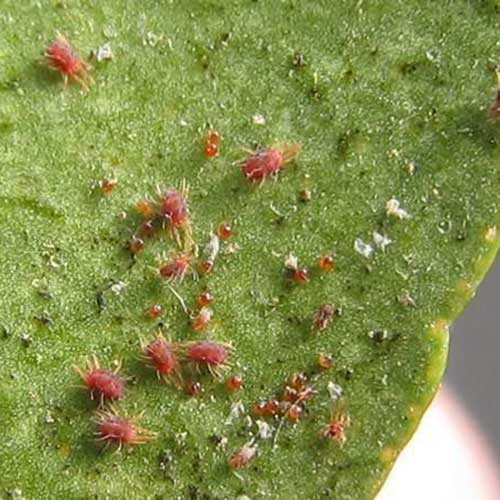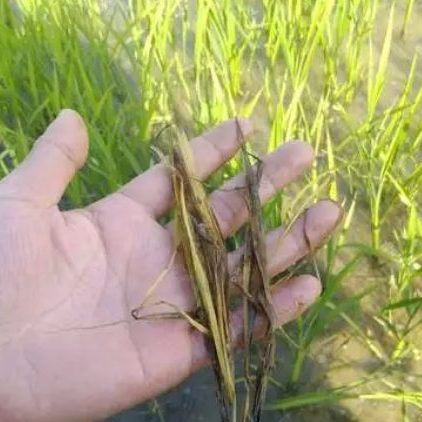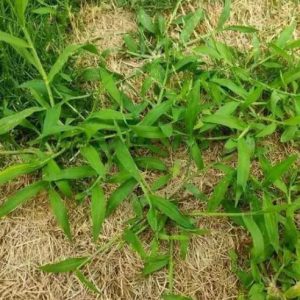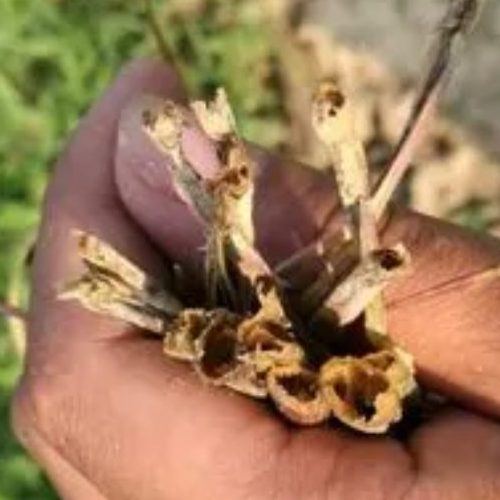
Shijiazhuang Youge Biotechnology Co., Ltd.: Only produces high-quality pesticide products to make farming easier for farmers around the world!
Product Catalog
Emamectin Benzoate
Spinosad
Bacillus thuringiensis
Spirodiclofen
Pyridaben
Etoxazole
Hexythiazox
Bifenazate
Propargite
Amitraz
Lufenuron
Thiamethoxam
Acetamiprid
Imidaclorprid
Nitenpyram
Flonicamid
Dinotefuran
Permethrin
Cypermethrin
Alpha cypermethrin
Beta cypermethrin
Fenvalerate
Lambda-cyhalothrin
Bifenthrin
Beta-cyfluthrin
Deltamethrin
Carbofuran
Carbosulfan
Methomyl
Carbaryl
Oxamyl
Chlorpyrifos
Dimethoate
Malathion
DDVP
Triazophos
Profenofos
Phoxim
Acephate
Fenitrothion
Diazinon
Monosultap
Cartap
Thiocyclam-hydrogen-xalate
Cyromazine
Pyriproxyfen
Tebufenozide
Buprofezin
Pyrethrins
Indoxacarb
Spirotetramat
Chlorfenapyr
Pymetrozine
Fipronil
Metaldehyde
Tebuconazole
Difenoconazole
Propamocarb
Penconazole
Mancozeb
Pyraclostrobin
Thiophanate methyl
Carbendazim
Chlorothalonil
Hexaconazole
Propineb
Dimethomorph
Propiconazole
Tricyclazole
Metalaxyl-M
Metalaxyl
Hymexazol
Copper oxychloride
Copper hydroxide
Benomyl
Flutriafol
Fosetyl-aluminium
Kresoxim-methyl
Triadimefon
Iprodione
Procymidone
Isoprocarb
Triadimenol
Streptomycin sulfate
Prochloraz
Fludioxonil
Prothioconazole
Boscalid
Thiram
Cymoxanil
Leave your message
As spring and summer turn, the temperature rises and the rainfall gradually increases, which provides favorable conditions for the growth of various fruit crops, but it is also easy to induce various diseases, such as black spot, ring rot, downy mildew, anthracnose, scab, etc. In order to solve these diseases, it is particularly important to do a good job of prevention and control.
Common diseases and their control
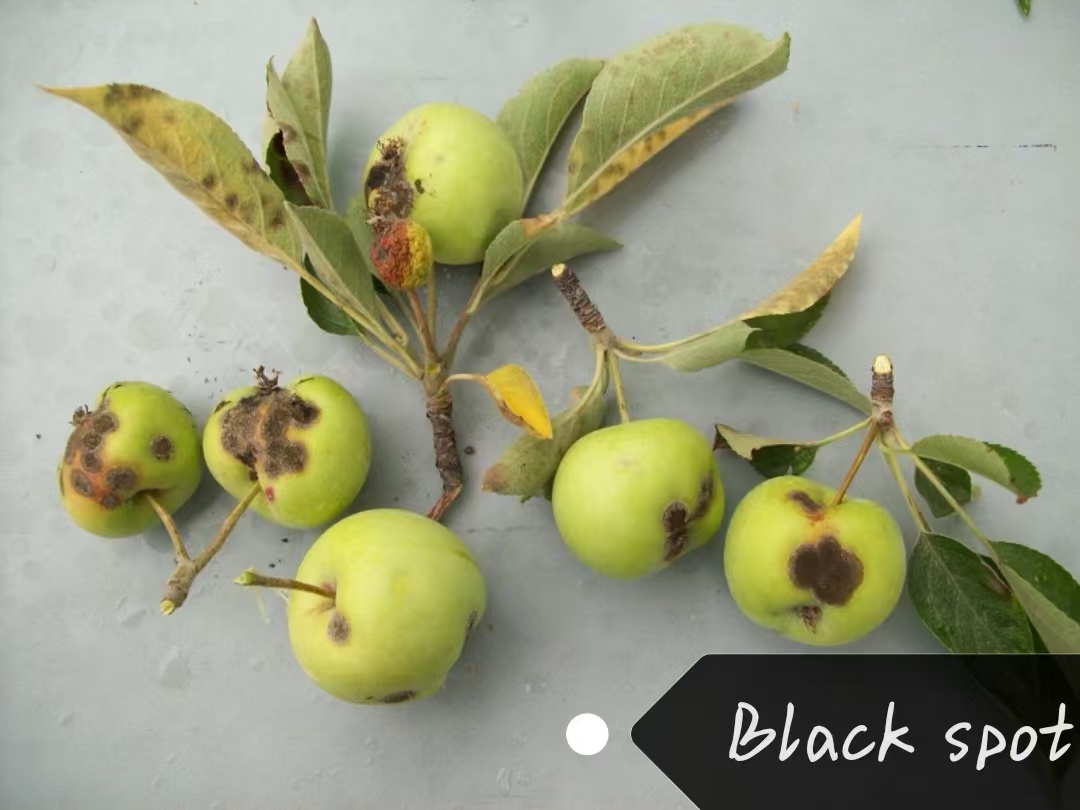
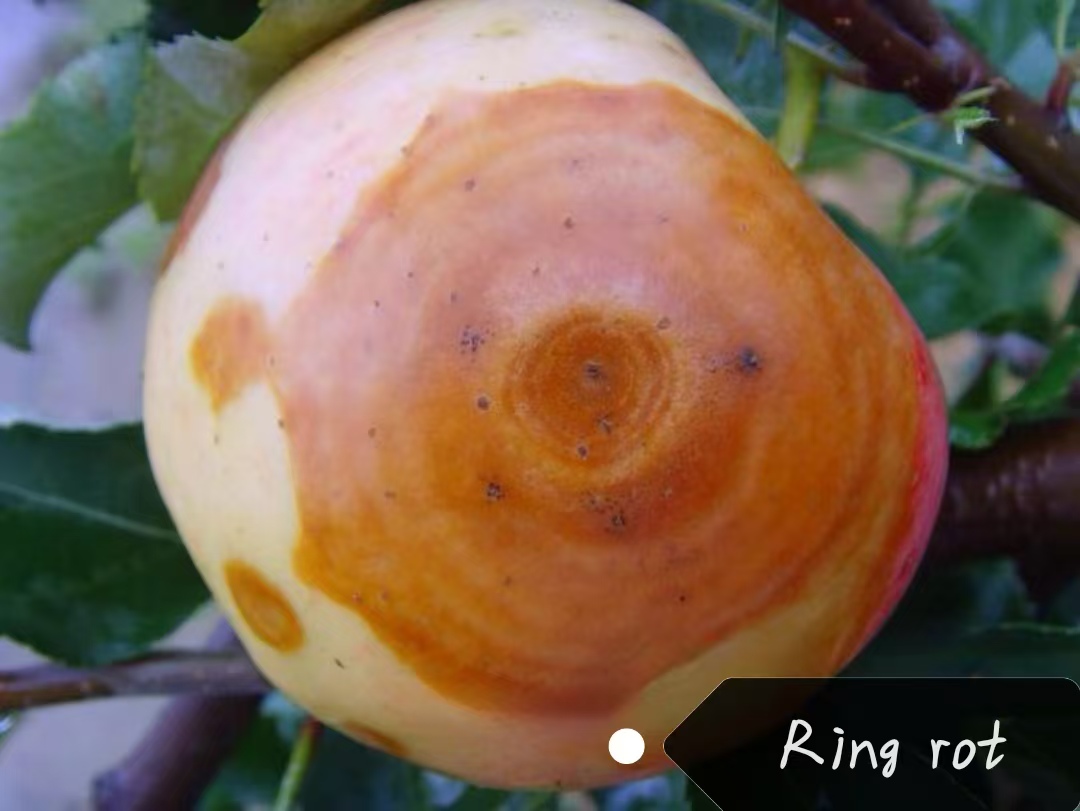
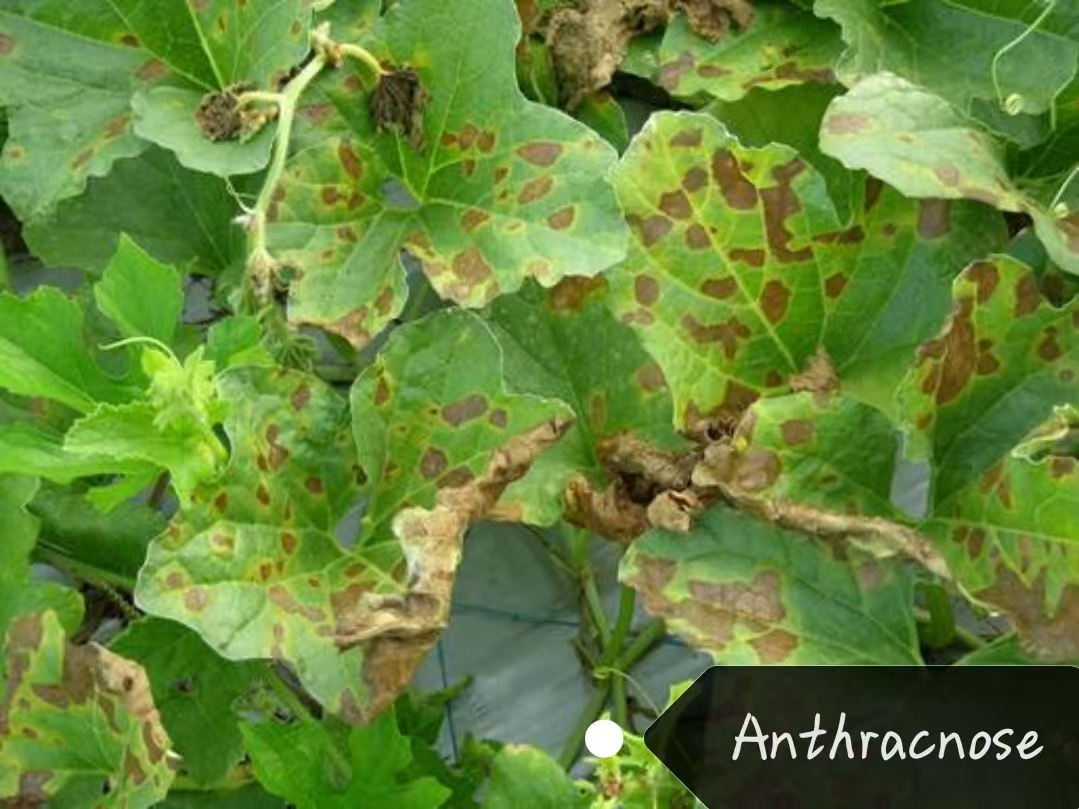
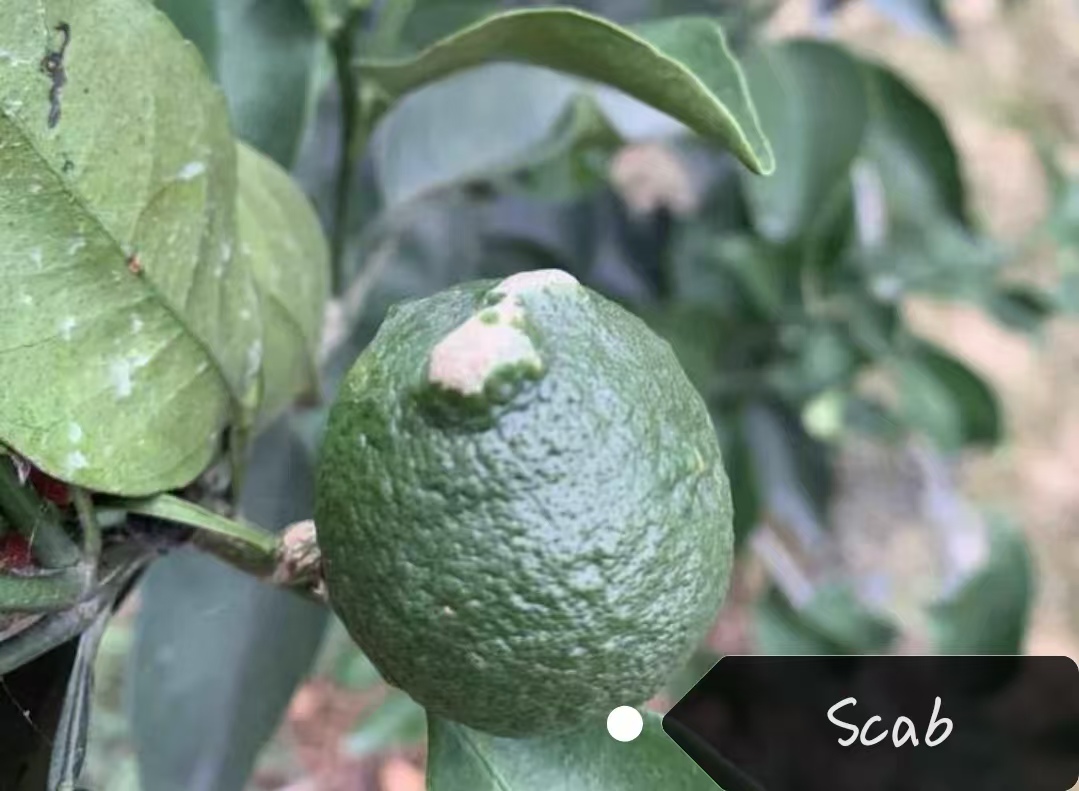
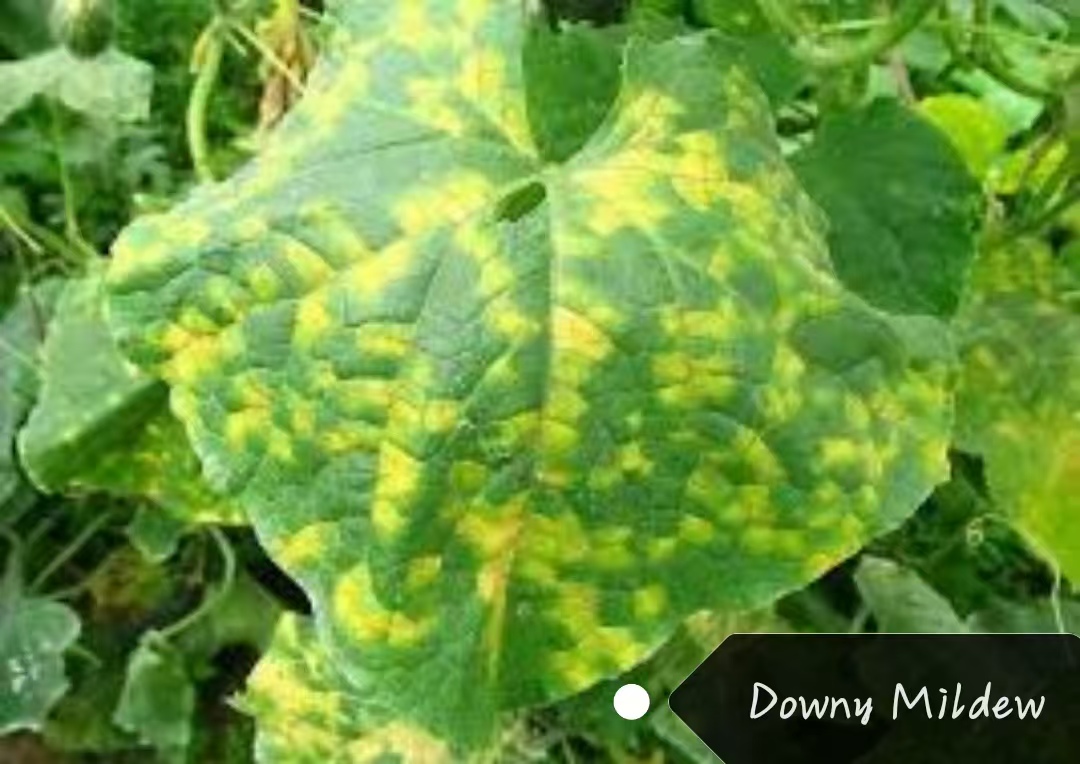
- Black spot is a plant disease . It can overwinter in diseased remains or fallen leaves in the soil, and spread by rain splashes or wind. In the early stage, 75% mancozeb wettable powder can be evenly sprayed for prevention and control, or 50% carbendazim wettable powder can be used for treatment.
- Ring rot mainly harms stone fruit trees such as apples, peaches, and plums. 25% prochloraz EC has strong systemic properties and is suitable for spraying in the early stages of the disease. 50% carbendazim WP and 25% tebuconazole EC can both play a preventive and therapeutic role, and the efficacy is long-lasting.
- Anthracnose is mainly caused by pathogens of the genus Colletotrichum, which is extremely harmful to fruits and vegetables, causing leaves to dry up and fruits to rot and fall off. The prevention and control measures for this disease are mainly “early prevention, rotation of drugs, and comprehensive management.” 25% prochloraz EC can provide effective treatment and protection during the fruit ripening period.
- Scab is a common fungal disease that occurs widely in crops such as apples, pears, citrus, and potatoes. Scab is prone to occur under high humidity and heavy rainfall conditions. Early prevention and comprehensive management strategies should be adopted, and prevention and control should be carried out during the budding stage, leaf expansion stage, and within two weeks after flower drop. Thiophanate-methyl (50% wettable powder) and difenoconazole (25% suspension) have good control effects on scab.
- Downy mildew is a serious oomycete fungal disease that often occurs on fruits, vegetables and cash crops. The disease is prone to occur in high humidity and low temperature environments, which can quickly lead to leaf necrosis, crop yield reduction, and even crop failure. Dimethomorph (25% suspension), cymoxanil hydrochloride (8% wettable powder) and copper hydroxide (77% wettable powder) are all effective in inhibiting and treating downy mildew.
Agricultural prevention and control measures
In terms of pesticide application, using 80% mancozeb wettable powder when plants first sprout can effectively control early fungal infections. Using a combination of thiophanate-methyl and azoxystrobin or epoxiconazole and trifloxystrobin during the growing season can effectively improve the broad-spectrum and lasting effect.In terms of agricultural governance, we need to take the following measures:
1.Choose disease-resistant varieties and prune appropriately;
2.Avoid continuous cropping to reduce the accumulation of pathogens;
3.Remove diseased leaves and plants, bury them deeply or burn them;
4.Drain water in time during the rainy season to prevent moisture accumulation.


